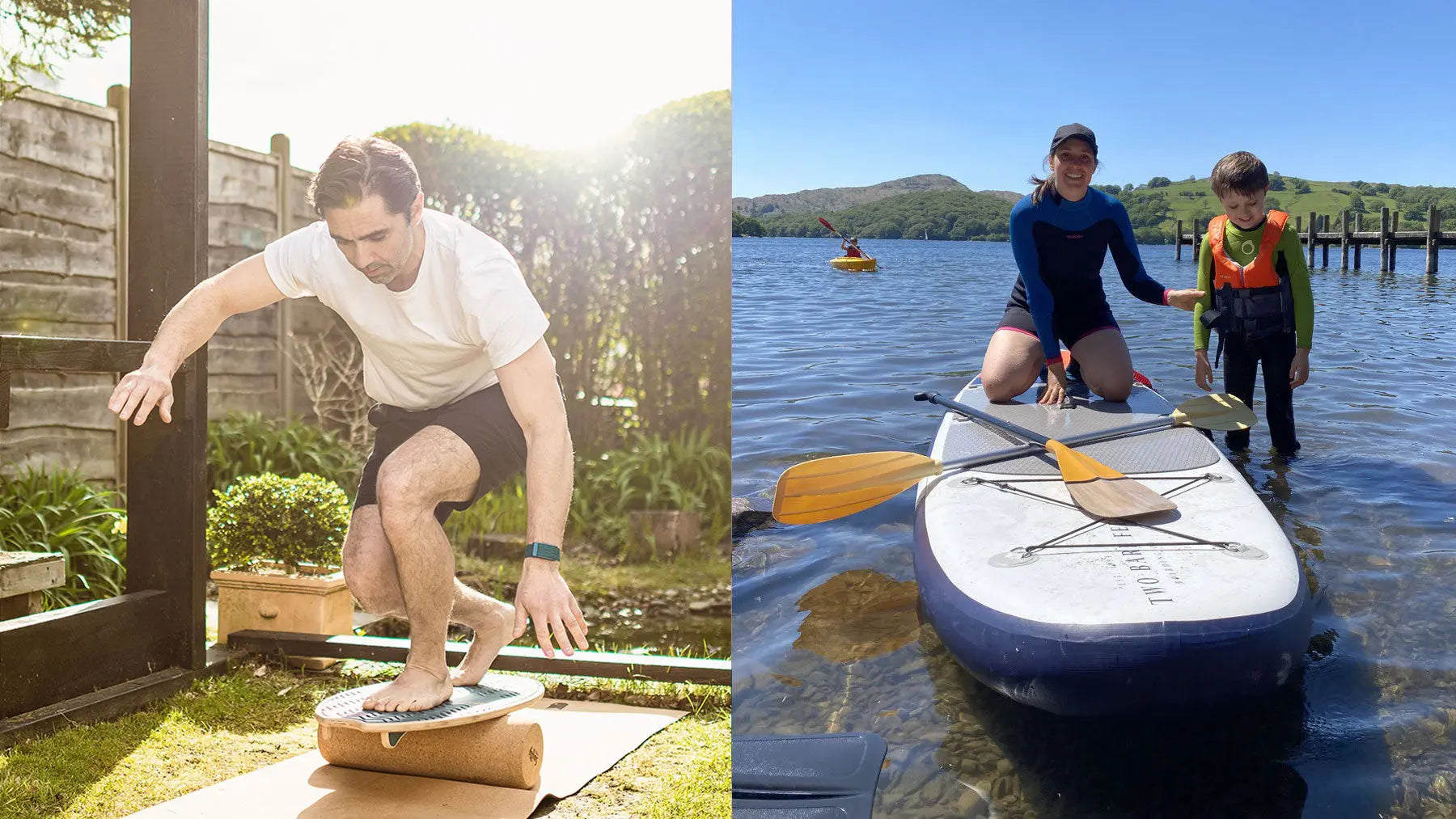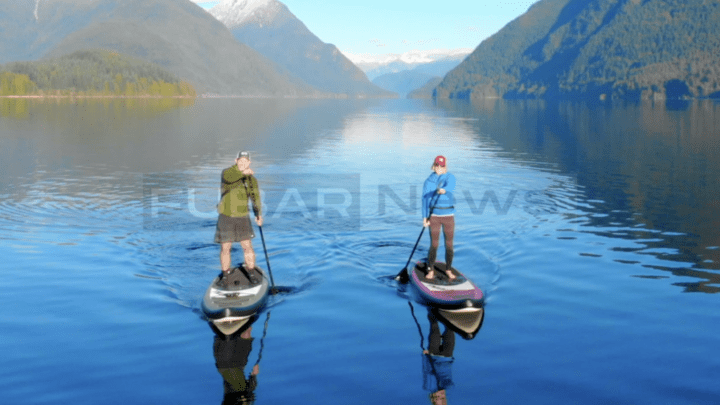Paddleboarding has gained immense popularity as a versatile and enjoyable water activity accessible to people of all ages and fitness levels. If you’re a beginner eager to dip your toes into this aquatic world, you’re in for a treat! Paddleboarding offers not only a fantastic workout but also a serene connection with nature. In this step-by-step guide, we’ll walk you through everything you need to know to start your paddleboarding adventure.
Benefits of Paddleboarding for Beginners
Before we dive into the details, let’s talk about why paddleboarding is an excellent choice for beginners. First and foremost, it’s a low-impact exercise that provides a full-body workout without putting too much strain on your joints. Beyond the physical benefits, paddleboarding promotes mental well-being, offering a unique blend of relaxation and adventure. Now, let’s gear up and get ready to hit the water.
Getting Started: Essential Equipment
Paddleboard Selection
Choosing a SUP is crucial for a smooth ride. There are various types to consider, from all-around boards suitable for beginners to touring boards for those seeking more speed. If you’re unsure, start with an inflatable paddleboard they’re beginner-friendly, easy to store, and surprisingly sturdy. Remember, size matters; select a board based on your weight and skill level.
Paddle Selection
The paddle is your engine on the water, so picking the right one is essential. Paddles come in various materials like aluminium, fibreglass, and carbon fibre. Beginners often find a lightweight fibreglass paddle strikes the right balance between performance and cost. Ensure your paddle is around 6 to 8 inches taller than your height for comfortable paddling.
Safety Gear
Safety should always come first. Invest in a good-quality leash to keep your board close in case of a spill. Don’t forget a life jacket, even if you’re a strong swimmer. Accidents happen, and a life jacket can be a lifesaver, quite literally.
Basic Paddleboarding Techniques

Getting on the Board
Mounting a paddleboard may seem tricky at first, but with a bit of practice, you’ll find your rhythm. Start by kneeling on the board and then stand up, keeping your feet parallel and shoulder-width apart. Engage your core for stability and find your balance.
Paddling Techniques
Hold the paddle with a slight bend in your elbows, and remember to switch sides regularly. The forward stroke is intuitive—reach forward and pull back. For turning, paddle on one side more than the other. It’s all about finding a rhythm that feels comfortable and efficient.
Maintaining Balance
Balance is key in paddleboarding. Keep your gaze on the horizon, distribute your weight evenly, and don’t be afraid to bend your knees. If you feel a wobble, relax and regain your balance. Falling is part of the learning process, so embrace it with a splash and a smile.
Building Skills and Confidence

Progressing to Different Conditions
As you gain confidence, consider venturing into slightly choppy waters. Start with small challenges and gradually progress. The more you paddle, the more comfortable you’ll become in different conditions.
Taking a Lesson
If you’re serious about mastering paddleboarding, consider taking a lesson from a professional instructor. They can provide valuable tips, correct your technique, and ensure you have a safe and enjoyable experience on the water.
Should You Keep Your Paddle Board Inflated When Not in Use?
To keep inflated or to deflate that is the question. When you get an inflatable paddle board, you might wonder whether you should keep it inflated even when you’re not out on the water. Unfortunately, there are some people on the internet that are spreading rumours on what can damage a board. In particular, they claim that the constant action of inflating or deflating can cause damage.

However, it’s important to clear up this rumour once and for all. Know that this action won’t cause damage to your board. When you’ve selected a design that’s inflatable and made from quality materials, it will cope with this perfectly find. As long as you’re following the PSI from the manufacturer, there’s nothing to worry about.
Therefore, it’s going to be your decision whether you keep your paddle board inflated when it’s not in use. Often, this depends on how much storage you have in your home. Perhaps you have a shed or garage with enough space to store it. Then, it’s ready to go when you want to go on an adventure. But, if you live in an apartment or want to keep the board in your car, you’ll be better off deflating between uses.
It can also depend on the frequency of use. If you like to go on adventures regularly, it makes sense to keep it inflated. But, if you’ll only be paddleboarding in the summer, you can deflate it during the winter months. Just ensure that it’s dry when you store it away for the season.
You must consider transport too. If you have a small car, you’ll have to deflate your board. But, if you have a larger vehicle, it might be possible to keep it inflated. Then, when you’re at your destination, you can get straight out on the water. Know that there are electric pumps you can buy for paddle boards, which takes the hassle out of inflating. So, don’t always think about this task as a chore. It can be quick and easy with the right tools.
Conclusion
Armed with the right equipment, knowledge of basic techniques, and a commitment to safety, you’re ready to embark on this exciting water adventure. So, grab your paddle, hit the water, and let the gentle ripple of the waves guide you on your paddleboarding journey!


